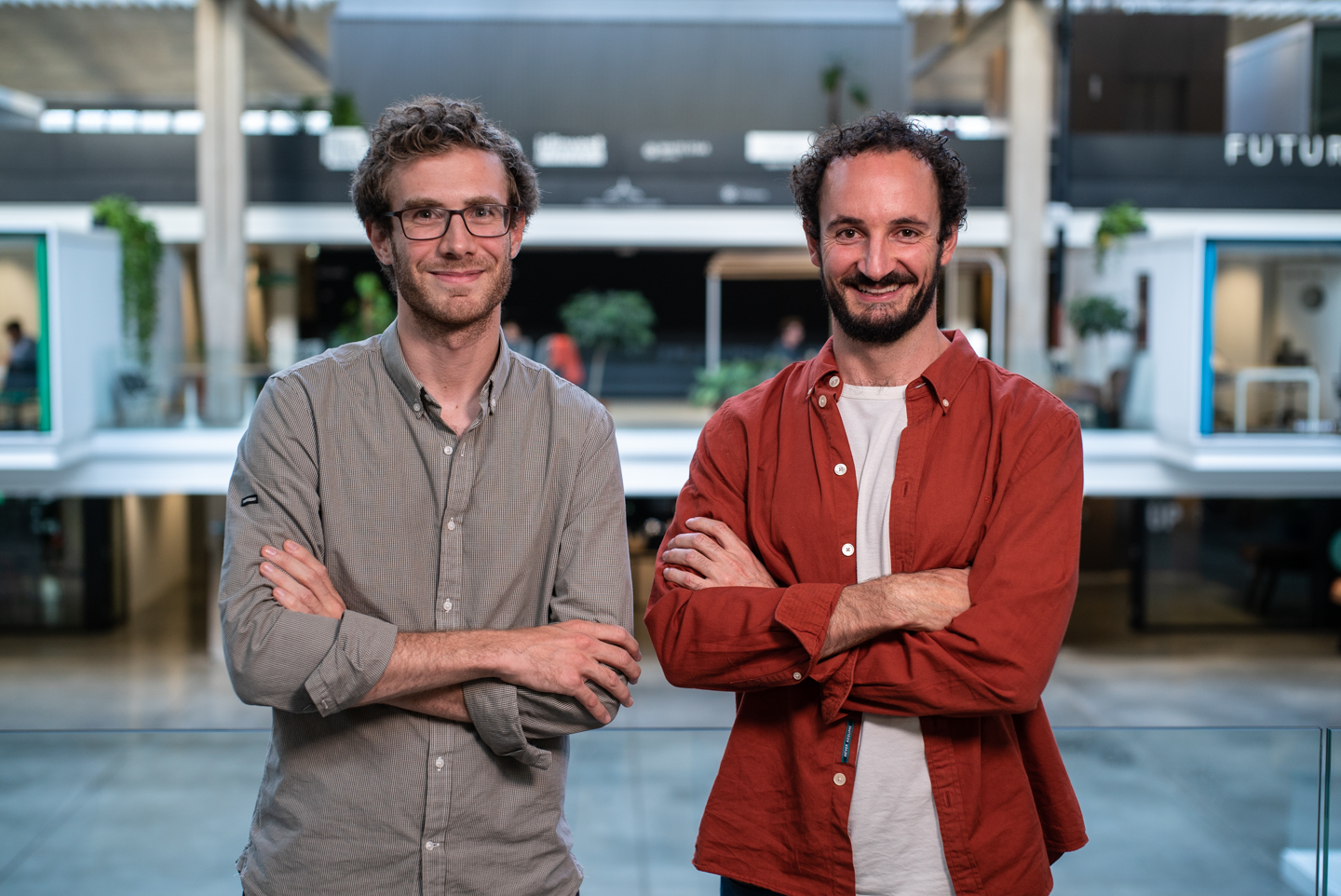- Paris, France-based CarbonFarm Technology has raised a €2.5 million ($2.6 million) seed round to help decarbonize rice farming through satellite-verified carbon credits.
- The round included participation from Racine2, operated by Serena and makesense; TechMind, Ponderosa, AgFunder, Climate Capital, and BPI France.
- CarbonFarm Technology will use the new funds to expand across the world’s biggest regions for rice cultivation including Asia, Africa and South America.

Simpler tech, stronger data
Rice, which is both a cause and casualty of climate change, accounts for about 12% of global methane emissions. At the same time, it has enormous potential to mitigate greenhouse gas emissions through practices such as increasing nutrient efficiency and the Alternate Wetting and Drying (AWD) method, which can reduce methane emissions from rice by as much as 48%.
“In terms of mitigation potential, it’s actually higher than other categories in agriculture,” CarbonFarm cofounder and CEO Vassily Carantino tells AgFunderNews.
Even so, when Carantino and his colleagues founded the company in 2021, few were working to decarbonize rice production, let alone issuing carbon credits for mitigation.
“We looked into it and realized MRV [measuring, reporting and verification] was really hard to perform,” says Carantino. “It was really hard to bring the proof that farmers had changed their practices and that this change led to a reduction in emissions.”
Adequately measuring emissions reductions over thousands of hectares requires continuous monitoring of new practices. Farm logbooks are one way of doing this, but these are often cumbersome and produce low-quality results.
CarbonFarm turned to satellites because they offered both a simpler way of monitoring practices and stronger data.
“It’s difficult to ask farmers to be the judge and the one providing this information to the buyer,” says Carantino. “When you’re using satellites, you’re using information that is independent by nature, unbiased. It’s a scientific way to observe what farming practices have been employed in very large areas.”

How CarbonFarm works
CarbonFarm offers what Carantino calls “end-to-end services” that include satellite monitoring of practices, quantifying greenhouse gas emissions, managing the carbon certification process, and finally, brokering the credits on voluntary carbon markets.
When rice farmers implement sustainable practices into their operation, CarbonFarm can verify the change in practice via satellite observation from space. “That brings us proof of change by every participating party within a project,” he notes.
From satellite observations, CarbonFarm’s AI model observes the practices to estimate emissions coming from that exact location. This in turn acts as evidence of emissions reductions and allows the farmer to claim a carbon credit.
“We handle the certification process with [carbon offset programs] Verra and Gold Standard. And then we handle the sale of the certified credits,” adds Carantino. “So this is an end-to-end service that allows farmers to benefit from additional revenues, which are pretty substantial — the farmer can can earn up to 20% additional profits per year.”
CarbonFarm doesn’t work directly with farmers, but instead with agribusinesses, rice buyers, carbon credit developers, governments and others that have direct access to farmers and built-in trust from them.
“We work with local partners that have an existing trusted relationship with smallholder farmers. It can be a rice-buyer working with contract farmers, a rice mill, extension services from the local government, or a local NGO,” Carantino notes.
To date, some of CarbonFarm’s largest customers include the United Nations Development Programme, Danone, Mars, and many others.
The company also does Scope 3 emissions qualification for some of the world’s largest rice buyers, including Mars and Ebro, says Carantino.
Finally, CarbonTech supports Article 6.2 of the Paris Agreement, which provides a framework for the transfer of carbon credits from country to country, state to state, or even among private sector companies. For example, the company is providing MRV for the first Article 6.2 project on rice methane, which was implemented by the UNDP in Ghana.

Building trust through science
A lot of doubt surrounds carbon credits right now, thanks to controversies that include this year’s high-profile investigation of Verra by the Guardian, German newspaper Die Zeit, and journalism nonprofit SourceMaterial. That investigation claimed that more than 90% of rainforest carbon credits issued by Verra were “worthless.” (Verra has since made changes to its methodology.)
“These controversies around carbon markets are legitimate,” says Carantino.
While the industry has been plagued by greenwashing for years, he says, things are finally starting to change.
“I think it’s a change in motivation. A lot of the buyers are now expecting some sort of carbon regulation, some carbon tax in the future, and they want to be ready and secure a supply of credits that is of high quality and will withstand the regulator’s scrutiny. For them, transparency is very important, and they’re willing to pay a higher price for this.”
Carantino says the whole idea behind using satellites is that they are unbiased and can bring more transparency to the process. Satellite images can’t be changed, for example.
“It’s a scientific way of monitoring practices and emissions at the paddy level and making sure the credit is 100% additional,” he notes.
This is especially appealing to large corporations, he adds. “They want to make sure that when they invest in projects, there is impact on the ground. A lot of buyers have been burned by cases of fraud in the past, where they’ve invested millions in projects that later on got frozen by Verra or Gold Standard. So they just lost the investment.”
“For projects that are verified using satellites, they’re willing to pay a much higher price than what’s the conventional price on this market,” he adds. According to Carantino, CarbonFarm is priced at $25/credit, which is much higher than the typical $5/credit.
As for the farmers themselves, who are working to adopt the sustainable practices, Carantino says CarbonTech is working to make sure 70–75% of carbon credit reveneues get passed back to them as incentives.
“It is really important that farmers fully understand the link between their change in practices, the reduction in emissions, and the rewards via carbon markets,” he says. “This stakeholder consultation is one of the most important part in any carbon project.”



